Antarctica is by definition the coldest, driest, windiest continent on earth. Its surface is made up of 98% ice, with rivers, lakes, mountains, and even a few active volcanoes. It is home to penguins, seals, petrels, whales and albatross.
People have been traveling to this icy region for over 100 years and with almost every part of it now explored, it is becoming increasingly threatened by climate change and global warming, over-fishing, invasive species, tourism, pollution and infrastructure development.
Photographer Lucia Griggi journeyed South with a team of Marine biologists, ornithologists, historians, geologists, general naturalists and even a botanist to explore the world’s fifth largest continent.
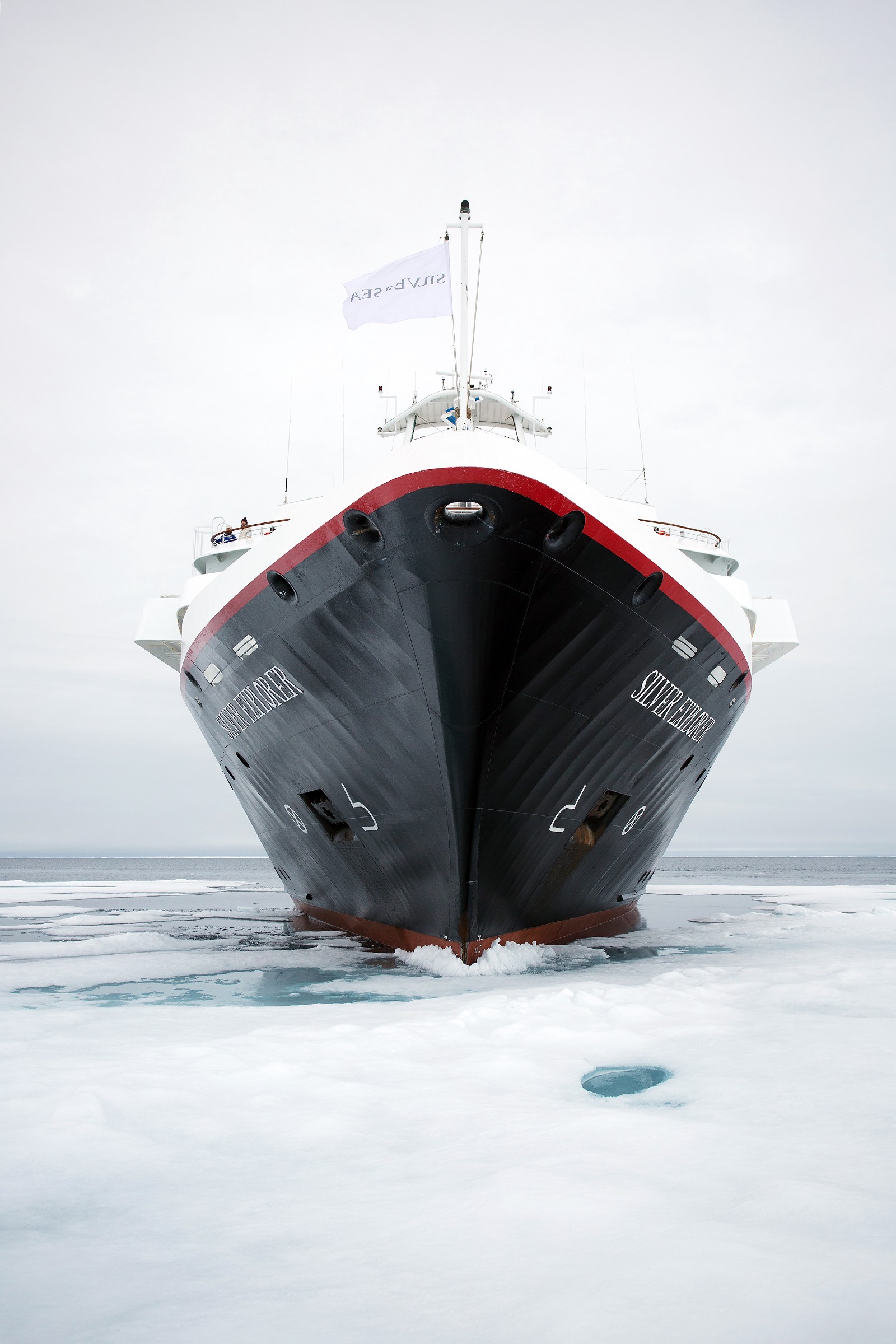
“Almost every ship starting an expedition in Antarctica begins from the port of Ushuaia, Argentina,” says Lucia. “This area is renowned for katabatic winds, and it is common to experience strong gales blowing from the mountain range. The Drake Passage is famous for some of the roughest waters in the world and is the gateway to the Antarctic region. Once through this stretch of water, the Peninsular can be reached, and exploration can begin.”
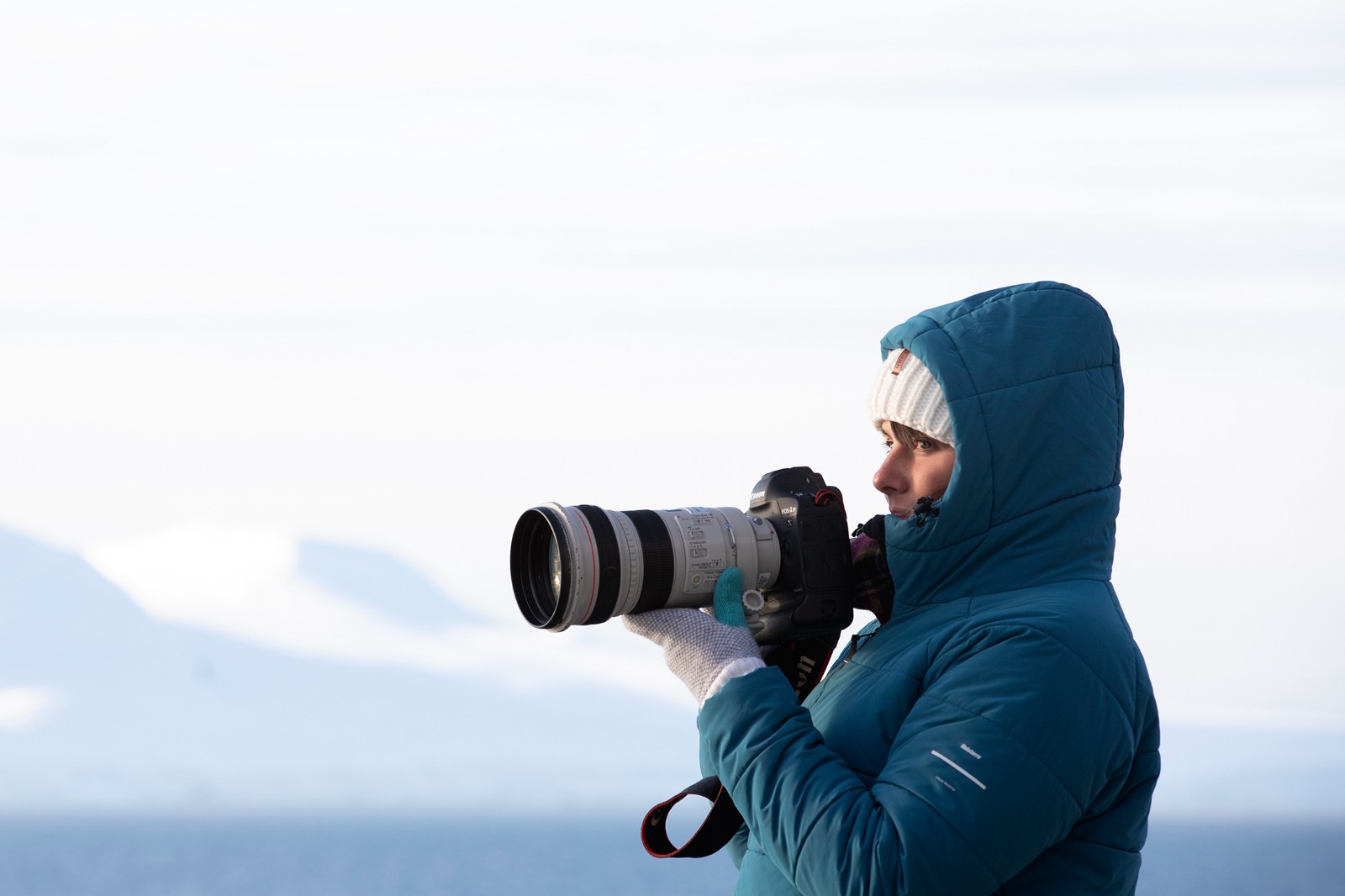
“My role as a photographer and videographer is to capture wildlife moments and the surrounding environment.”
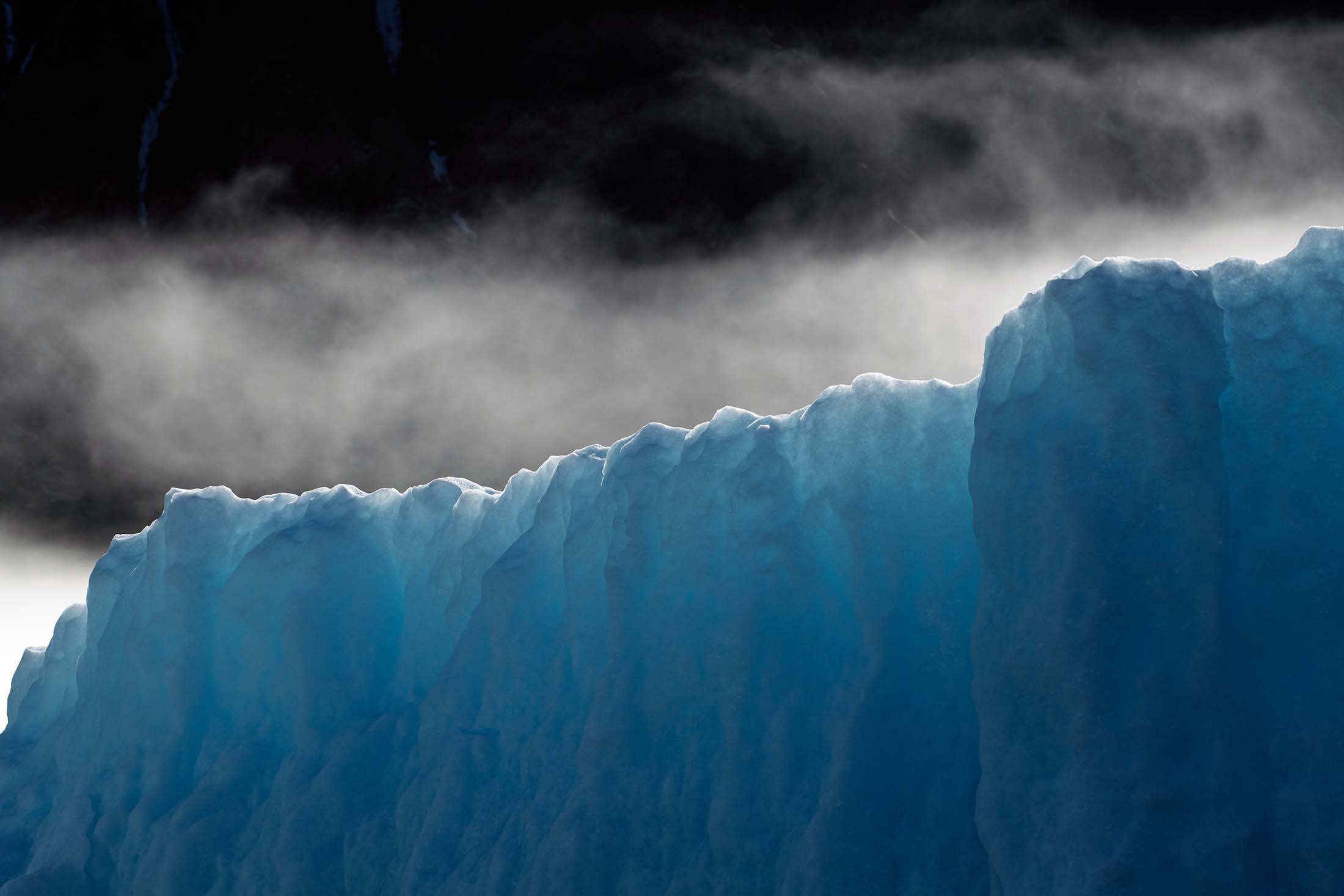
“After passing through the Drake Passage we head South towards the South Shetland Islands. The first two stops are Point Wild and Cape Lookout that marks the southern extremity of Elephant Island, in the South Shetland Islands. We then head further South towards Yankee Harbor and Half Moon Island. After that, we leave the South Shetlands behind, passing through the Antarctic Sound and into the Weddell Sea. Our first port of call and attempted landing is at Brown Bluff which is sometimes unsuccessful due to fast ice. Shortly after we head towards Hope Bay, Cierva Cove and Danco Island and finally the Chilean Research Station Luiz Gonzalez Videila.”
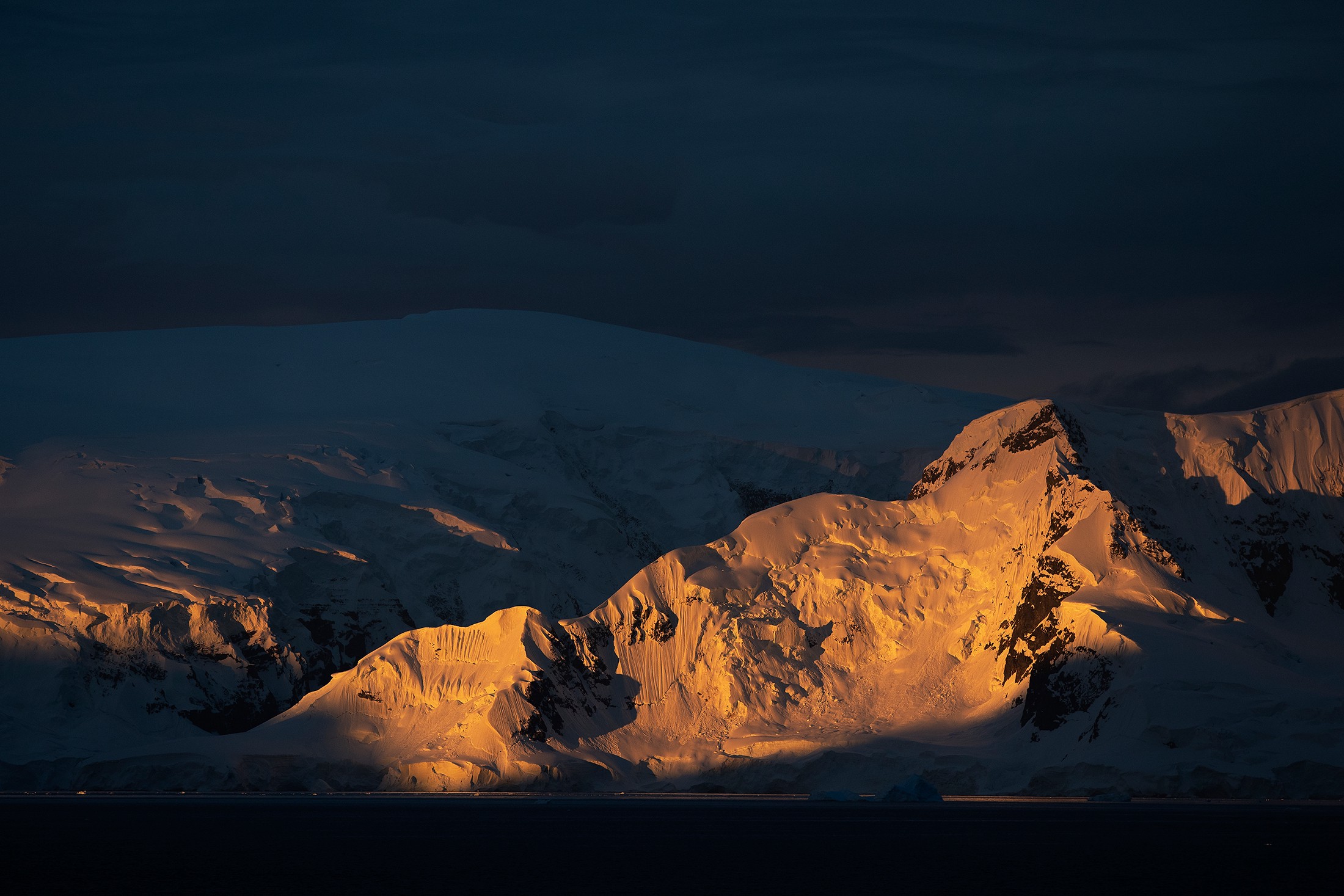
“Otherworldly is the best way to describe this continent in one word. It’s a combination of wild and surreal. Ridged ice bergs contrasting with calm glassy ocean conditions in the coves. Reflections of the mountain peeks as they stand tall over sea level.”
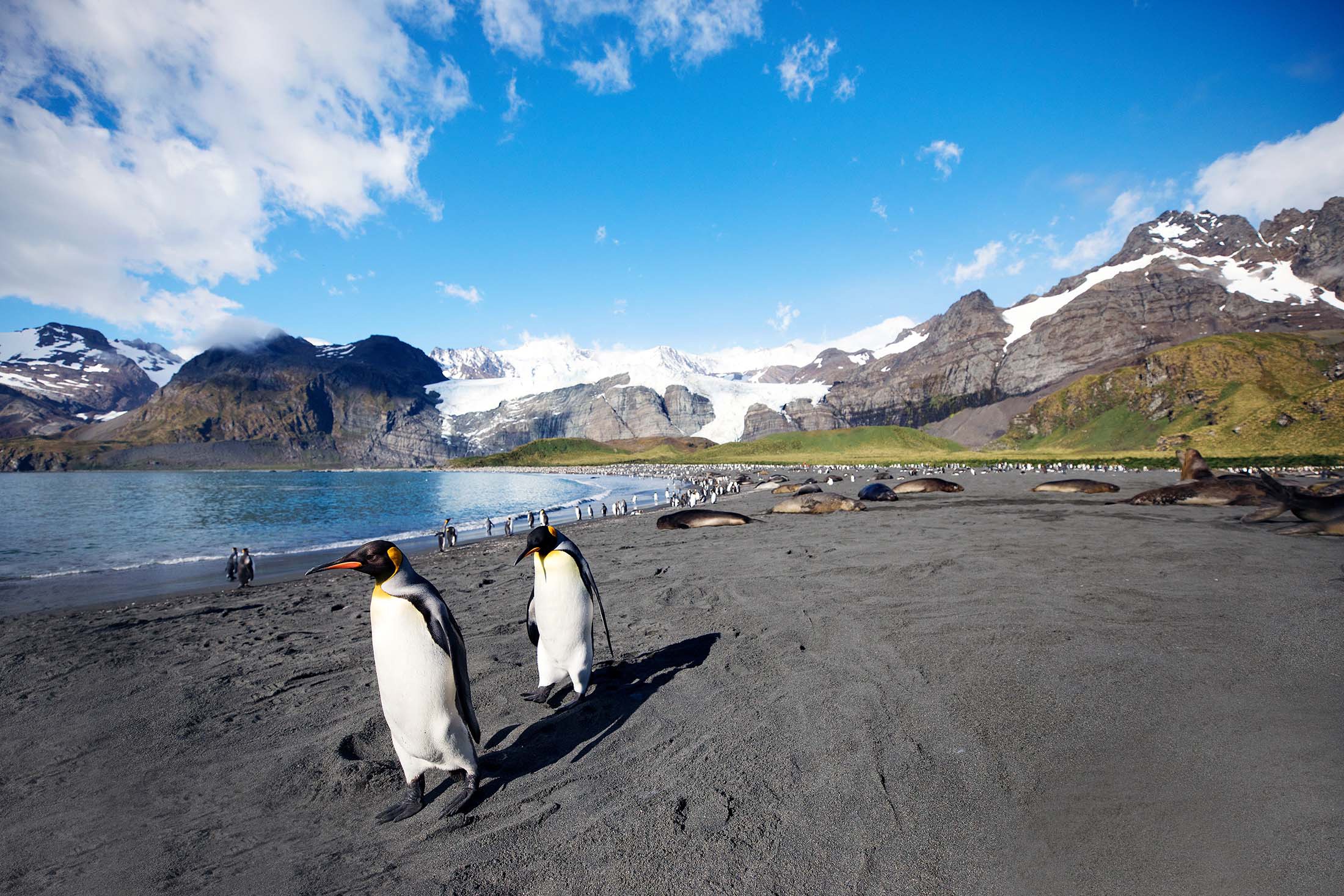
“Steadily rising sea temperatures are having a significant impact on this ecosystem. Shorter winters and longer summers mean that mammals and birds are directly affected as they are losing their breeding grounds. Seals and penguins use the sea ice to rest and the Adelie penguin population is declining as their feeding patterns are being altered.
Another threat to the Southern Ocean is microplastic. Small amounts have been found in the Weddell Sea, North East of the Antarctic Peninsula.
Tourism poses one of the major threats to the region. With thousands of tourists coming in the summer period — biosecurity is the most acute problem. Even though all cruise lines have to follow strict biosecurity guidelines and take measures to prevent any seeds or plants being introduced to the region, it is ultimately impossible to avoid it altogether.”
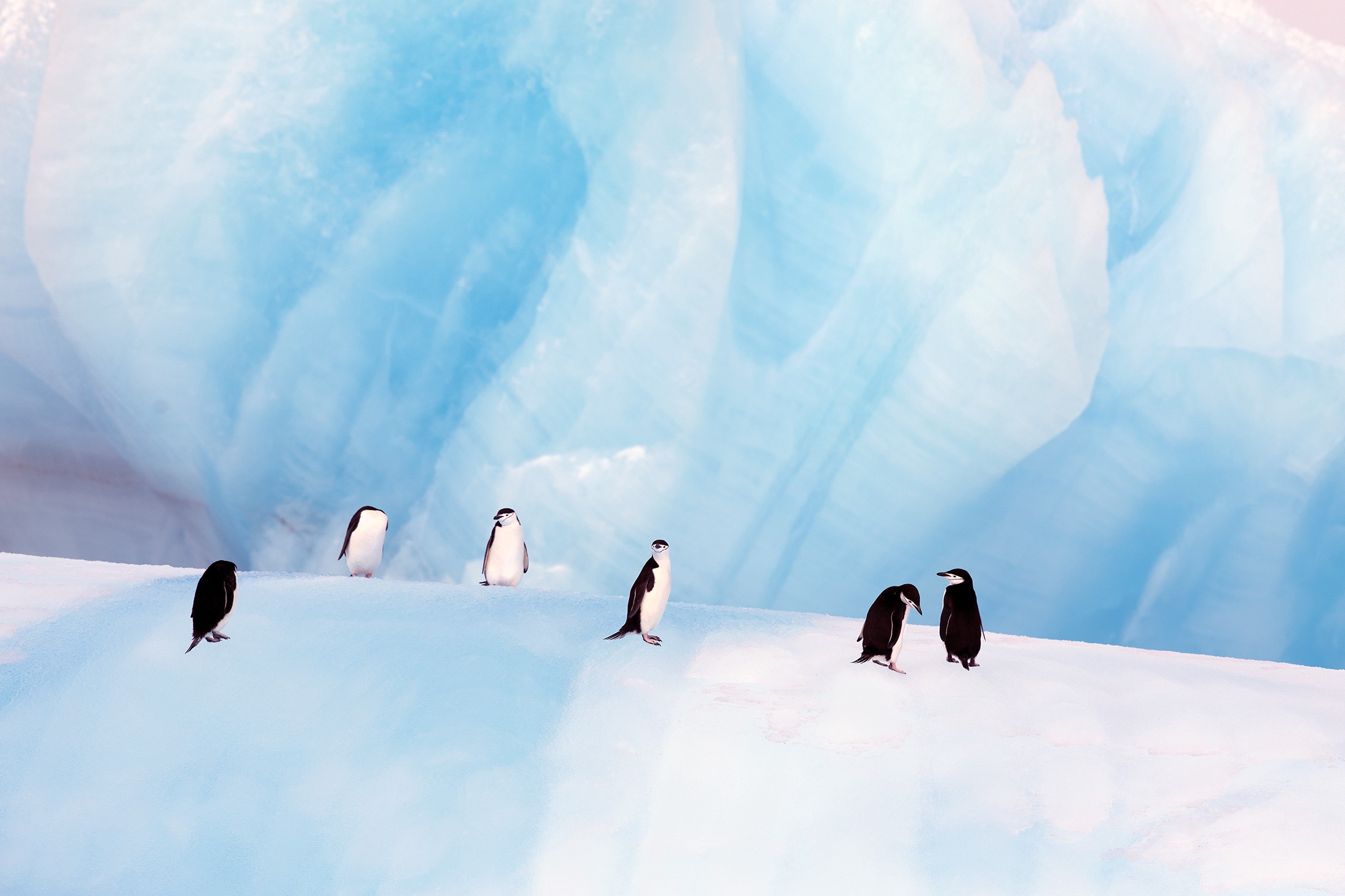
“Antarctica is a breeding ground for many cetaceans like Humpback whales that arrive from South Pacific to feed on krill in the Summertime as well as to feed their young. Four species of penguin can be found around the Antarctic Peninsula, as well as four species of seals.”
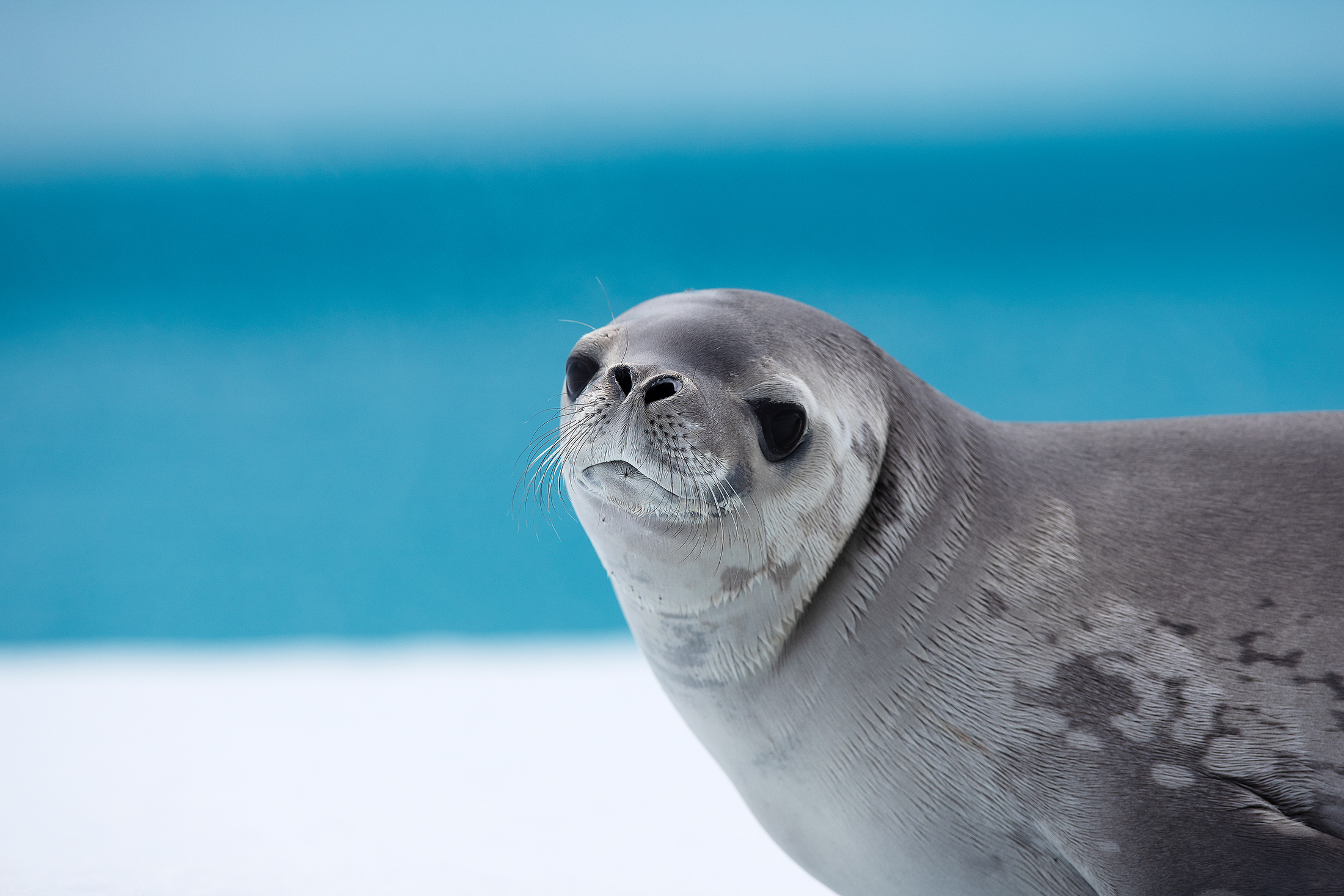
“A highlight of any trip is the proximity to wildlife. Whether it’s a Humpback whale spy-hopping next to your boat, or a seal hauled out on an ice flow. Even a curious penguin chick coming to check on your bright red trousers is a fantastic experience.”
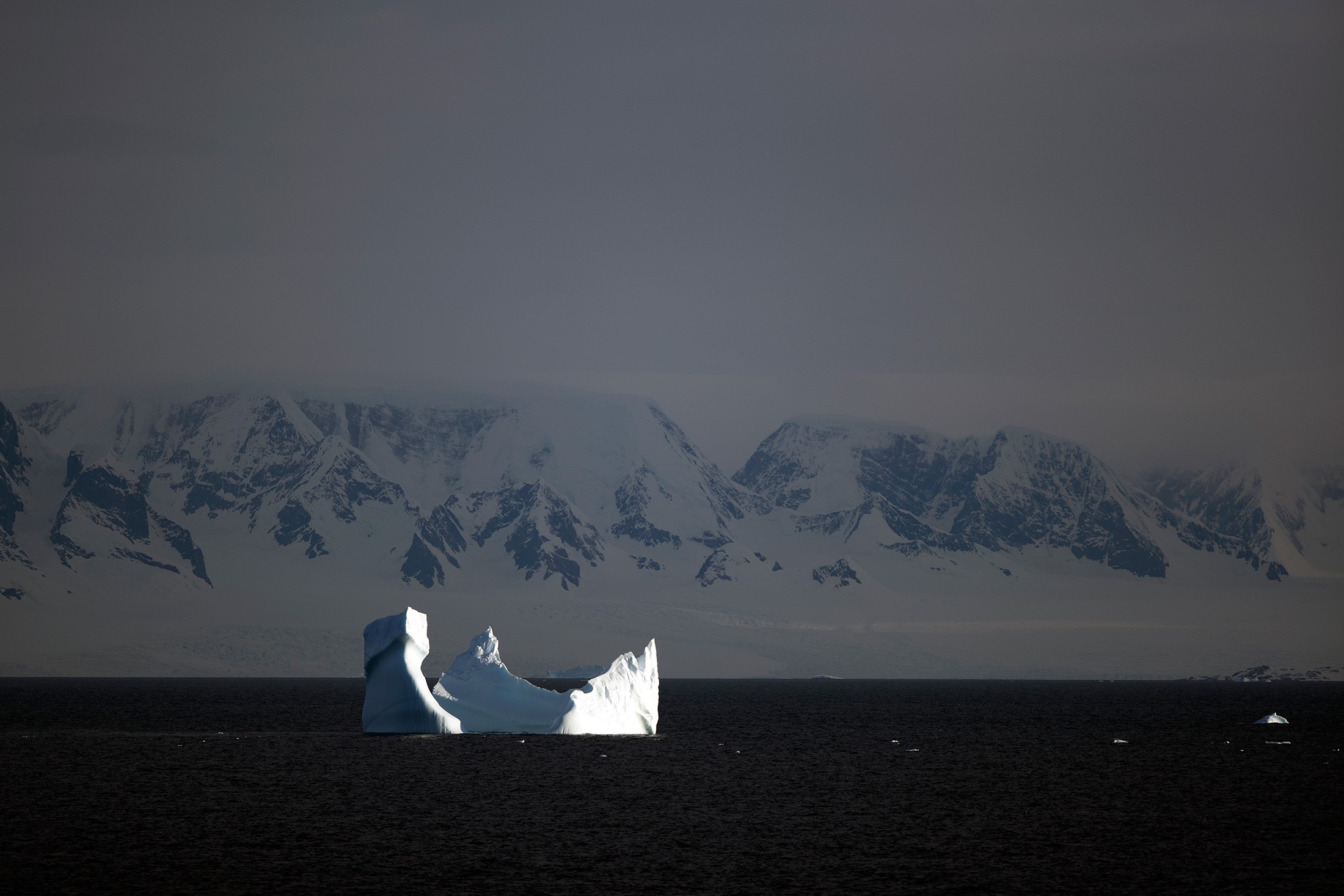
“The Humpback whale population is growing rapidly and on almost every trip you are guaranteed to see a dozen of them either feeding, resting or nurturing their young.”
